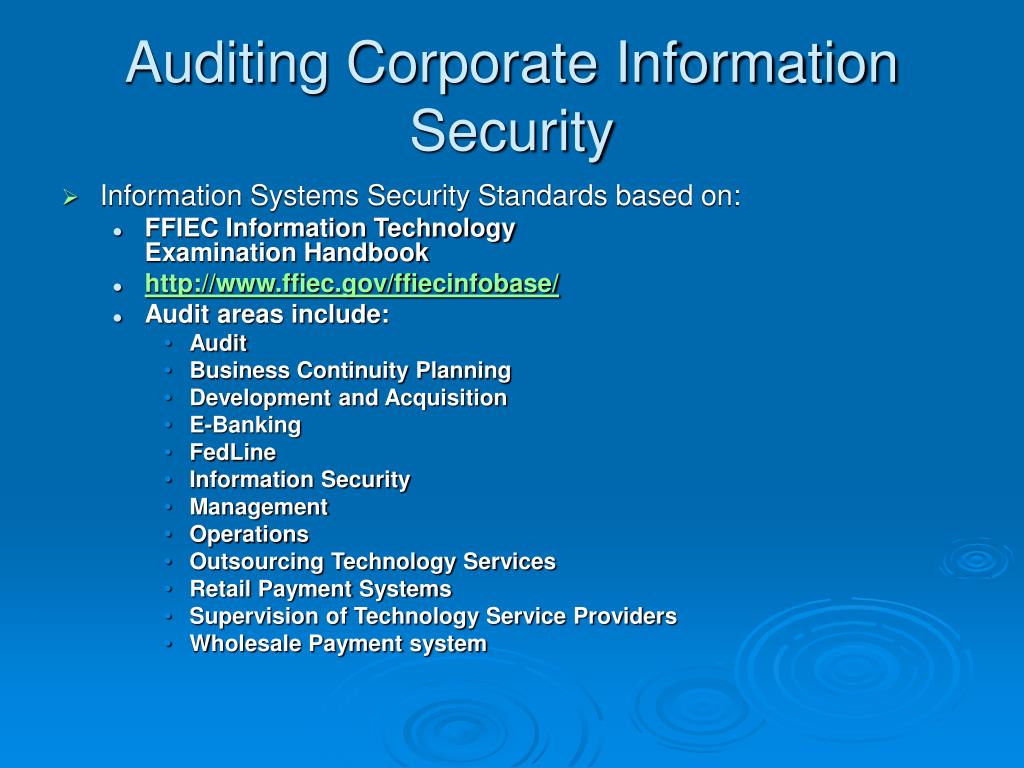

- AUDIT ADMINISTRATOR ACTIVITY AUDIT ADMINISTRATIVE ACTIVITY HOW TO
- AUDIT ADMINISTRATOR ACTIVITY AUDIT ADMINISTRATIVE ACTIVITY CODE

Since auditing takes place on the SDK layer, this means that single action could trigger multiple events to be logged. This information from Activity Logging can be used when you perform a Data Protection Impact Assessment (DPIA) addressing the use of Office, Power Apps, Microsoft Power Automate, and model-driven apps in Dynamics 365 (such as Dynamics 365 Sales and Dynamics 365 Customer Service). Under this type of auditing, there are two categories of events that are logged: Available for production and not sandbox environments.A Microsoft 365 Enterprise E3 or E5 subscription is required to do Activity Logging.This is not necessary to be enabled in each organization & purely depends on your GDPR rules and regulations.īelow is the pre-requisite for activity logging:
AUDIT ADMINISTRATOR ACTIVITY AUDIT ADMINISTRATIVE ACTIVITY HOW TO
The blog covers how to Audit a huge range of data processing activities.

To publish for a single entity, choose the entity, such as Account, and then click Publish on the Actions toolbar. In the Edit Multiple Fields dialog box, in the Auditing area, click Enabled or Disabled. To enable or disable more than one field, select the fields you want, and then on the toolbar click Edit. To enable or disable auditing for specific fields on an entity:ĩ. Under the entity for which you want to enable or disable auditing with specific fields, click Fieldsġ0. To enable or disable a single field, open the field and in the Auditing section, select Enable or Disable To publish for a single entity, choose the entity, such as Account, and then click Publish on the toolbar To enable or disable auditing for an entity:ģ. In the Audit area, choose Entity and Field Audit Settingsĥ. Open the entity for which you want to enable or disable auditingĦ. To start auditing, on the General tab, in the Data Services section, select the Auditing checkbox to enable auditing, or clear the Auditing checkbox to disable itĨ. Publish the customization. How to start auditing for an organization: NOTE: This will require the system administrator, customizer security role, or equivalent permissions. NOTE: System administrators or customers can change the default audit settings for entities and for specific fields for an entity – Audit changes at the entity, attribute, and organization levelĮnable or disable entities and fields for auditing: We are assisting our client in Louisville, KY with hiring a full-time Trust Administrator this will be.
AUDIT ADMINISTRATOR ACTIVITY AUDIT ADMINISTRATIVE ACTIVITY CODE
– The N:N association or disassociation of records Get an overview of the audit activities that can be logged in your audit logs in Azure Active Directory. 2- Auditing Exchange Online with the Microsoft 365 Compliance Center. Ensure compliance with IRS Code and audit requirements. – Changes to the sharing privileges of a record – Create, update, deactivate, and delete operations on records – What locale was used to make the update? – What actions has this user taken recently? – What was the previous field value before it was updated? – Who updated this field value on this record and when? – Which user was accessing the system, and where? The audit log can help Dynamics 365 Customer Engagement administrators answer the following questions: That being said, it is critical that companies audit all of their data and constantly analyze actions to ensure that security breaches are not occurring. Protecting data, preserving privacy, and complying with regulations such as the General Data Protection Regulation can be some of the highest priorities for your business.


 0 kommentar(er)
0 kommentar(er)
